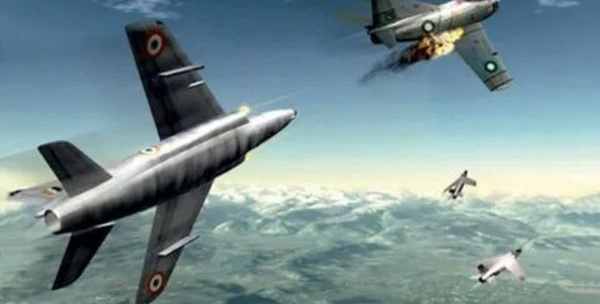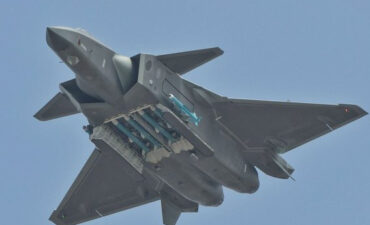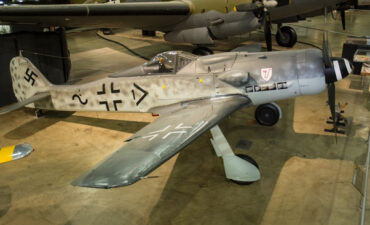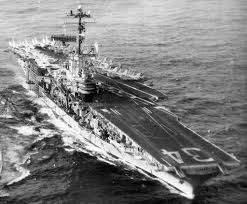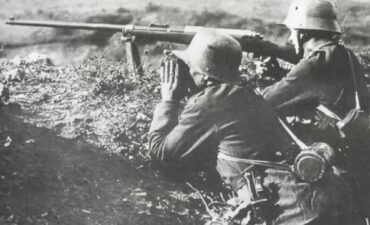Why don’t fighters go after the AWACS before entering a dogfight?
Why don’t fighters go after the AWACS before entering a dogfight? Fighters typically don’t go after AWACS (Airborne Warning and Control System) aircraft before a dogfight for several key reasons:
AWACS are heavily protected
AWACS are crucial for maintaining situational awareness over the battlefield, so they are almost always surrounded by a protective shield of friendly fighters, long-range surface-to-air missiles (SAMs), and electronic warfare (EW) assets. This defensive layer makes it difficult and dangerous for enemy fighters to get close without exposing themselves to counterattacks.
Range and Positioning
AWACS operate far behind the frontlines, usually at higher altitudes and a safe distance away from where dogfights and frontline engagements occur. They monitor the battle from afar, well beyond the range of most fighter aircraft. Attempting to penetrate deep enough to reach them requires breaking through layers of enemy air defense, which is risky and diverts resources from more immediate threats.
Mission Priorities
In the heat of battle, fighter pilots often prioritize threats that are more immediate, such as enemy fighters, bombers, or ground attack aircraft. Taking out an AWACS would be strategic, but it requires significant coordination and planning. It’s often more pressing to neutralize the immediate threats to their own forces rather than launching a high-risk attack on a distant target like AWACS.
Specialized Weaponry Required
AWACS are large aircraft with robust electronic countermeasures (ECM). Taking them out requires long-range air-to-air missiles, which are not always carried by fighters engaged in close-range dogfights. Additionally, the AWACS might rely on radar jamming, which complicates missile guidance.
Political and Operational Ramifications
AWACS are high-value assets, and attacking them could provoke escalatory responses. An all-out effort to destroy an AWACS might involve not just the attacking fighters but a wider engagement between opposing air forces, potentially drawing more aircraft and resources into a conflict.
In summary, while taking out an AWACS would yield significant advantages, the heavy defenses, distance, and mission priorities make it a high-risk, complex target. Fighter pilots are usually more concerned with immediate air superiority.
